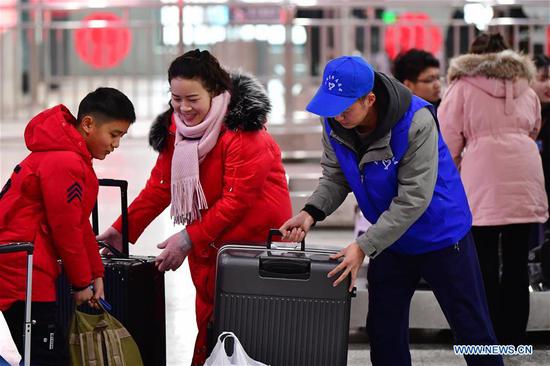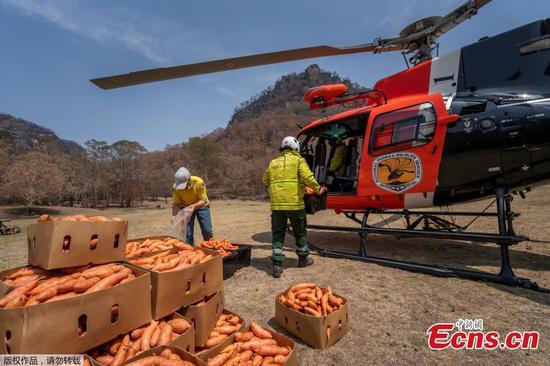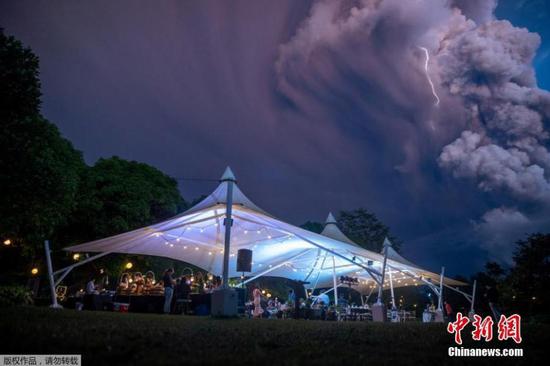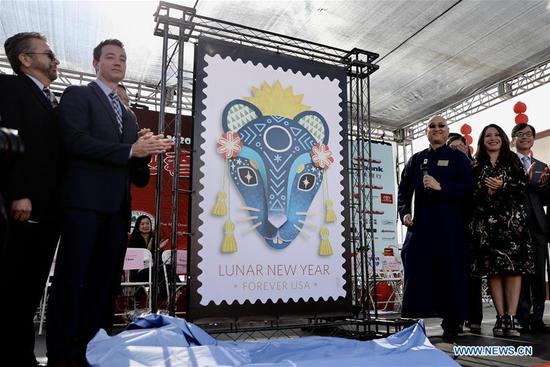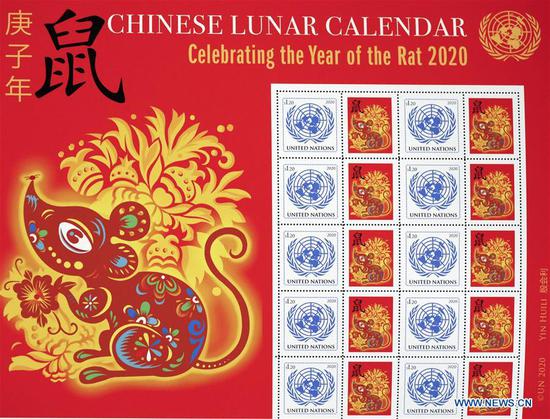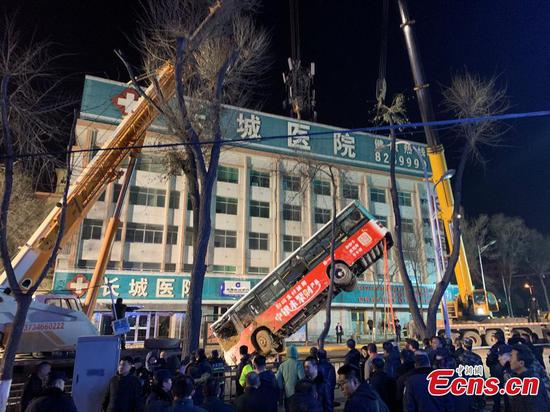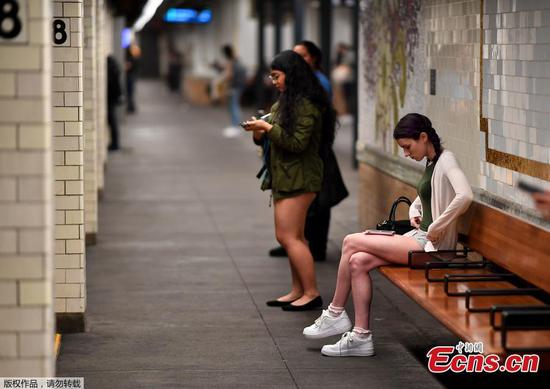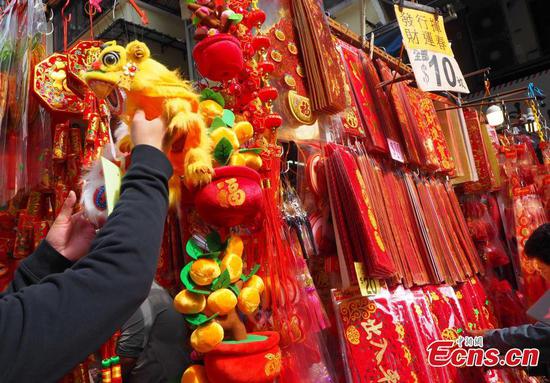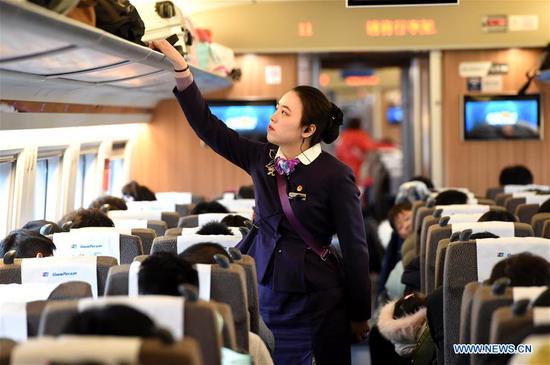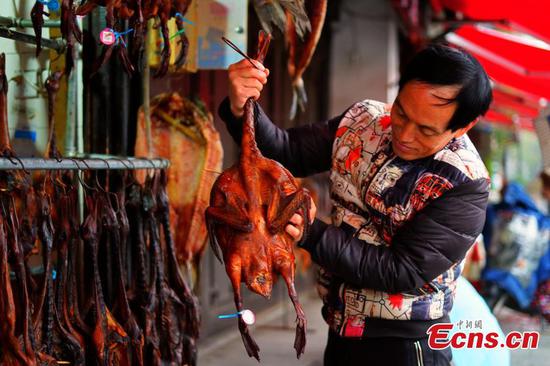
A customer checks out Boston lobsters at a shopping mall in Hangzhou, capital of Zhejiang Province. (Photo by Long Wei/For China Daily)
Rise in disposable income and digital solutions fuel surge in purchases
Belgian beer, Thai rice, New Zealand milk, Norwegian salmon, Canadian Arctic sweet shrimp and Chilean cherries-these are just a small part of a long list of affordable options for Chinese consumers from lower-tier cities and towns to welcome the Chinese Lunar New Year, which will fall on Jan 25 this year.
Shopping for festive goods has long been a tradition in China, not only for family celebrations, but also for gifts sent to relatives and friends.
Nowadays, imported goods are no longer exclusive to residents in first-and second-tier cities, owing to the rise in the disposable income of people in third-to fifth-tier cities, along with convenient and efficient e-commerce channels, experts said.
JD Daojia, the local on-demand retail platform of Dada Group, said that during the first round of a Spring Festival shopping carnival held from Dec 28 to Jan 5, total sales from third-tier cities and below increased by 5.6 times over the same period last year, while those for imported goods grew by 9.8 times year-on-year.
Fruits, milk, candies and chocolates are the most popular types of imported goods in third-and fourth-tier cities, the data showed.
In addition, sales in some low-tier cities such as Putian in Fujian province, Jiangyin in Jiangsu province and Zhuhai in Guangdong province have doubled year-on-year. The top three products sold in third-tier cities and below were pure milk, soft tissue and normal temperature yogurt.
As the Spring Festival approaches, the overall sales of imported goods increased 2.3 times year-on-year. Among them, the sales of milk powder, nuts and washing products grew by three times or more year-on-year, JD Daojia said.
The consumption of imported fruits has also risen 2.2 times compared to the average sales in December last year. Bananas, Chilean cherries and longan have become the bestsellers among imported fruits.
Amazon began a monthlong Spring Festival sales drive on Monday, offering consumers millions of international selections, exclusive offers and compelling deals.
Chen Tao, a senior analyst from market consultancy Analysis, said people in smaller cities and towns are eager to celebrate the Spring Festival by purchasing imported goods, and have greater access to various kinds of special purchases due to the rising e-commerce penetration rate in these lower-tier areas.
"E-commerce platforms hope to unleash the consumption potential from fourth-tier cities and below, as the growth of online shopping in first and second-tier cities is slowing down," said Cao Lei, director of the China E-Commerce Research Center.
He noted the third-to fifth-tier cities and rural areas have become a source of new customers, adding their enthusiasm and spending power for the Spring Festival should not be underestimated.
Statistics from global data analytics company Nielsen showed there are 953 million people living in third-tier cities and below, far surpassing the 427 million people in the first-and second-tier cities. The data showed that smaller cities have huge untapped consumption potential.
A report from Deloitte China, the China Chamber of International Commerce and AliResearch said demand from less-developed areas is becoming a new driver for the imported goods market in China.
The demand for quality imported products with specific added value is higher due to maturing consumption patterns and increasing income in third-to fifth-tier cities and counties, as well as growing coverage by convenient, efficient e-commerce channels, it noted.
"We expect consumption in lower-tier cities to surge from $2.3 trillion in 2017 to $6.9 trillion in 2030," Robin Xing, Morgan Stanley's chief China economist, said in a research note. "Further, these smaller cities could be the engine driving China's overall private consumption market of $11.8 trillion over the same period."
The per capita disposable income of China's rural residents continued to grow at a faster pace than that of the country's urban dwellers in the first three quarters of 2019, the National Bureau of Statistics said.
Pan Helin, a senior researcher at public policy think tank Pangoal Institution, said consumers in third-tier cities and below, counties and rural areas account for about 70 percent of China's population, indicating huge untapped consumption potential.









